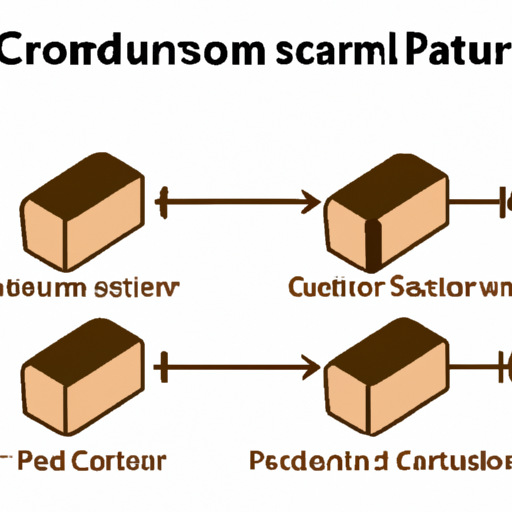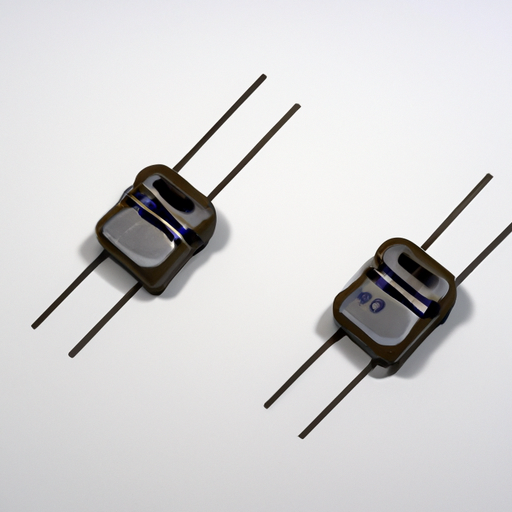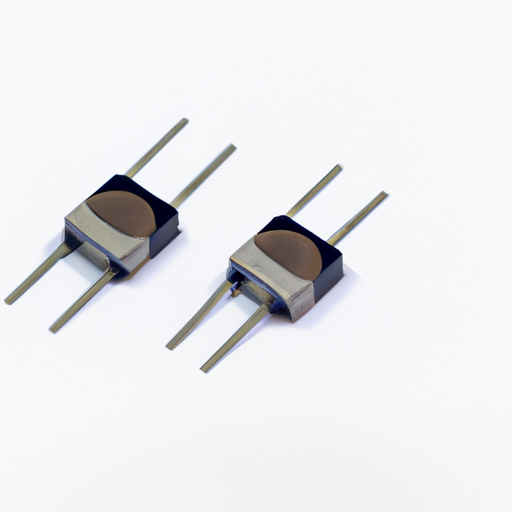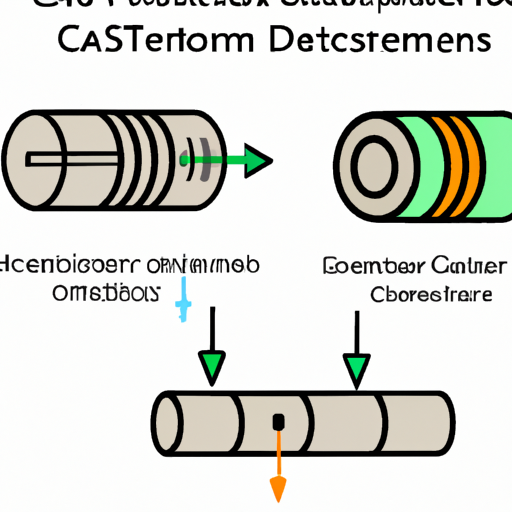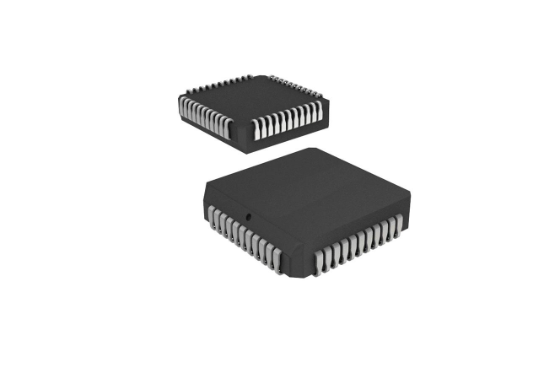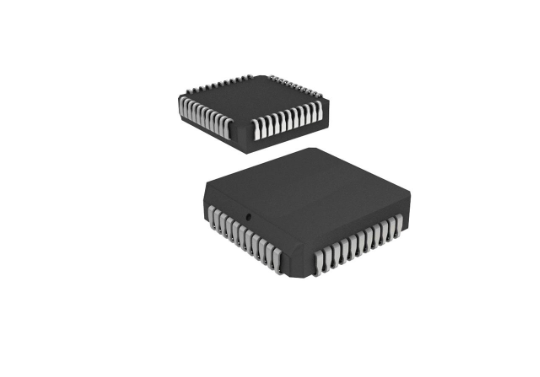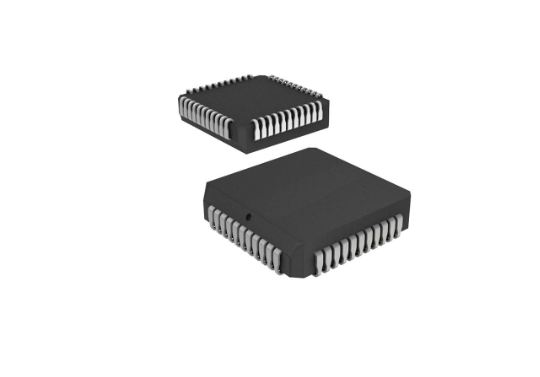What is the production process of mainstream inductors in circuits?
The Production Process of Mainstream Inductors in Circuits
I. Introduction
Inductors are passive electronic components that store energy in a magnetic field when electrical current flows through them. They play a crucial role in various electronic circuits, including power supplies, radio frequency applications, and filtering systems. Inductors are essential for managing current flow, reducing noise, and stabilizing voltage levels. Understanding the production process of inductors is vital for engineers and manufacturers alike, as it ensures the creation of reliable components that meet the demands of modern electronics. This blog post will explore the types of inductors, raw materials, design and engineering, manufacturing processes, quality control, challenges, and future trends in inductor production.
II. Types of Inductors
Inductors come in various types, each suited for specific applications:
A. Air-core Inductors
Air-core inductors do not use a magnetic core, relying solely on the magnetic field generated by the wire coil. They are typically used in high-frequency applications due to their low losses and high Q-factor.
B. Iron-core Inductors
Iron-core inductors utilize an iron core to enhance inductance. The core material increases the magnetic field strength, making these inductors suitable for low-frequency applications, such as power transformers.
C. Ferrite-core Inductors
Ferrite-core inductors use ferrite materials, which are ceramic compounds made of iron oxide mixed with other metals. These inductors are popular in high-frequency applications due to their high magnetic permeability and low eddy current losses.
D. Other Specialized Inductors
Specialized inductors, such as toroidal inductors and multilayer inductors, are designed for specific applications. Toroidal inductors have a doughnut-shaped core that minimizes electromagnetic interference, while multilayer inductors are compact and suitable for surface-mount technology.
III. Raw Materials
The production of inductors requires various raw materials:
A. Conductive Materials
Copper and aluminum are the primary conductive materials used for winding the coils. Copper is favored for its excellent conductivity, while aluminum is lighter and more cost-effective.
B. Magnetic Materials
Ferrite and iron are commonly used as core materials. Ferrite is preferred for high-frequency applications, while iron is used in low-frequency inductors due to its high saturation flux density.
C. Insulating Materials
Insulating materials, such as polymer coatings and enamel, are essential for preventing short circuits between the wire turns. These materials also protect the inductor from environmental factors.
IV. Design and Engineering
The design and engineering phase is critical in the production of inductors:
A. Inductor Specifications and Requirements
Engineers must define the specifications, including inductance value, current rating, and operating frequency. These parameters guide the design process.
B. Simulation and Modeling
Advanced simulation software allows engineers to model the inductor's performance under various conditions. This step helps identify potential issues before physical prototyping.
C. Prototyping and Testing
Once the design is finalized, prototypes are created for testing. This phase involves evaluating the inductor's performance against the specified requirements, ensuring it meets the necessary standards.
V. Manufacturing Process
The manufacturing process of inductors involves several key steps:
1. Types of Winding Techniques
Inductor coils can be wound by hand or machine. Hand-wound inductors are often used for custom applications, while machine-wound inductors are produced in larger quantities for mass production.
2. Winding Patterns and Configurations
The winding pattern significantly affects the inductor's performance. Engineers must choose between different configurations, such as solenoid or layered winding, based on the desired inductance and application.
1. Selection of Core Material
The choice of core material is crucial for the inductor's performance. Engineers select materials based on the application's frequency and power requirements.
2. Core Shaping and Treatment
The core is shaped and treated to enhance its magnetic properties. This may involve processes such as sintering for ferrite cores or annealing for iron cores.
1. Types of Insulation
Various insulation types are used, including enamel coatings and polymer films. The choice depends on the operating environment and required dielectric strength.
2. Application Methods
Insulation can be applied through dipping, spraying, or coating methods. Each method has its advantages and is chosen based on production volume and cost considerations.
1. Methods of Soldering
Soldering is used to attach terminals to the inductor. Techniques include wave soldering, reflow soldering, and hand soldering, depending on the production scale.
2. Types of Terminals Used
Terminals can be through-hole or surface-mount, and their selection depends on the intended application and assembly process.
1. Encapsulation Materials
Encapsulation protects the inductor from environmental factors. Common materials include epoxy resins and silicone compounds.
2. Environmental Considerations
Manufacturers must consider environmental factors, such as moisture and temperature, when selecting encapsulation materials to ensure long-term reliability.
VI. Quality Control
Quality control is essential in the production of inductors:
A. Testing Methods
Testing methods, such as LCR meters and impedance analyzers, are used to measure inductance, resistance, and quality factor. These tests ensure that the inductors meet the specified performance criteria.
B. Standards and Certifications
Manufacturers must adhere to industry standards and certifications, such as ISO and RoHS, to ensure product quality and compliance with environmental regulations.
C. Continuous Improvement Processes
Implementing continuous improvement processes helps manufacturers identify areas for enhancement, leading to better product quality and reduced production costs.
VII. Challenges in Inductor Production
The production of inductors faces several challenges:
A. Material Sourcing and Cost Fluctuations
The availability and cost of raw materials can fluctuate, impacting production costs and timelines. Manufacturers must develop strategies to mitigate these risks.
B. Technological Advancements and Automation
As technology evolves, manufacturers must adapt to new production techniques and automation processes to remain competitive and efficient.
C. Environmental Impact and Sustainability
Manufacturers are increasingly focused on reducing their environmental impact. This includes sourcing sustainable materials and implementing eco-friendly production processes.
VIII. Future Trends in Inductor Manufacturing
The future of inductor manufacturing is shaped by several trends:
A. Miniaturization and High-Frequency Applications
As electronic devices become smaller and more powerful, the demand for miniaturized inductors capable of operating at high frequencies is increasing.
B. Innovations in Materials and Design
Research into new materials, such as nanomaterials and advanced composites, is paving the way for more efficient and compact inductors.
C. The Role of AI and Machine Learning in Production
Artificial intelligence and machine learning are being integrated into the production process, enabling manufacturers to optimize designs, improve quality control, and enhance efficiency.
IX. Conclusion
Inductors are vital components in electronic circuits, and understanding their production process is essential for engineers and manufacturers. From the selection of raw materials to the final assembly and quality control, each step in the production process plays a crucial role in ensuring the reliability and performance of inductors. As technology continues to advance, the future of inductor manufacturing promises exciting innovations and improvements, paving the way for more efficient and compact electronic devices. The ongoing evolution of inductor technology will undoubtedly shape the future of electronics, making it an exciting field to watch.

